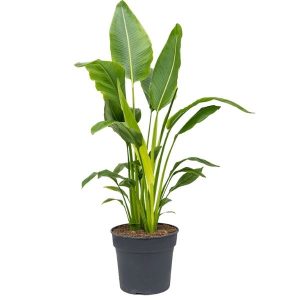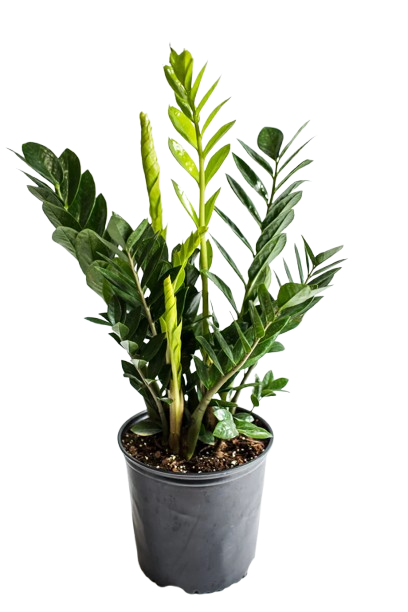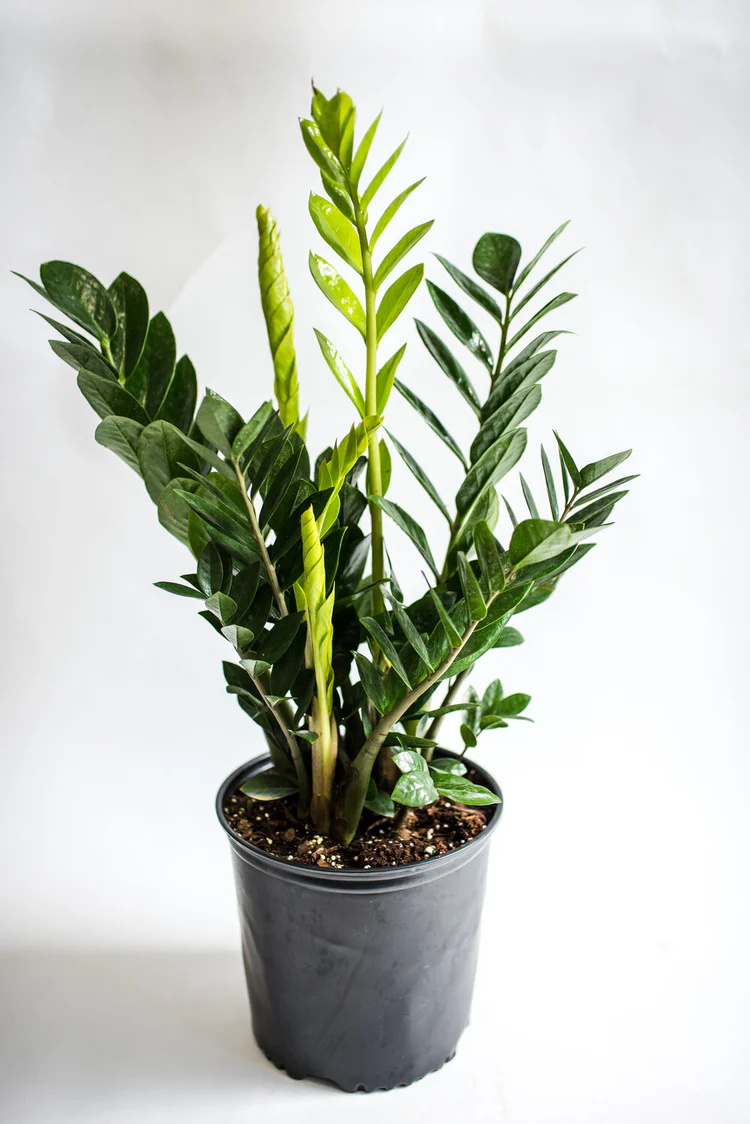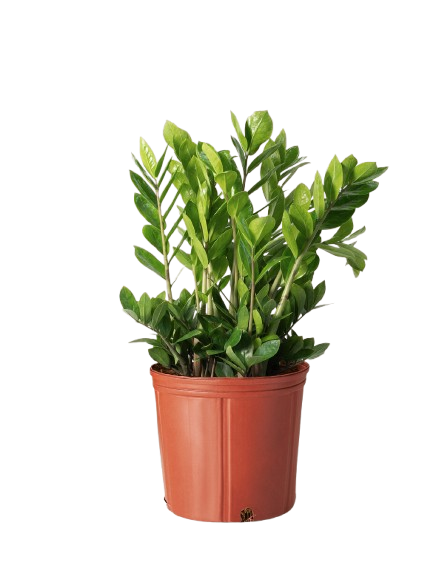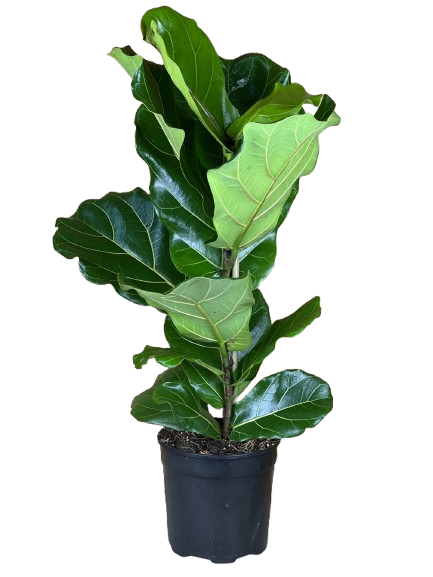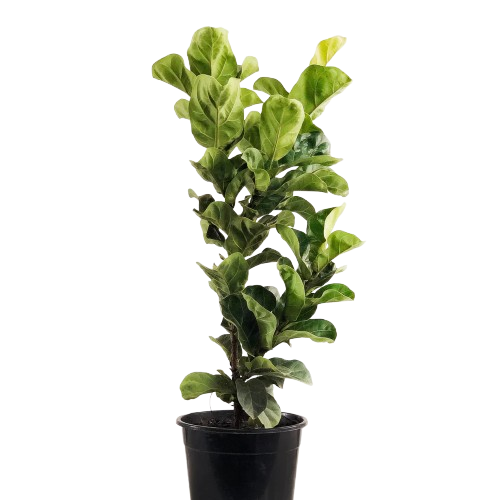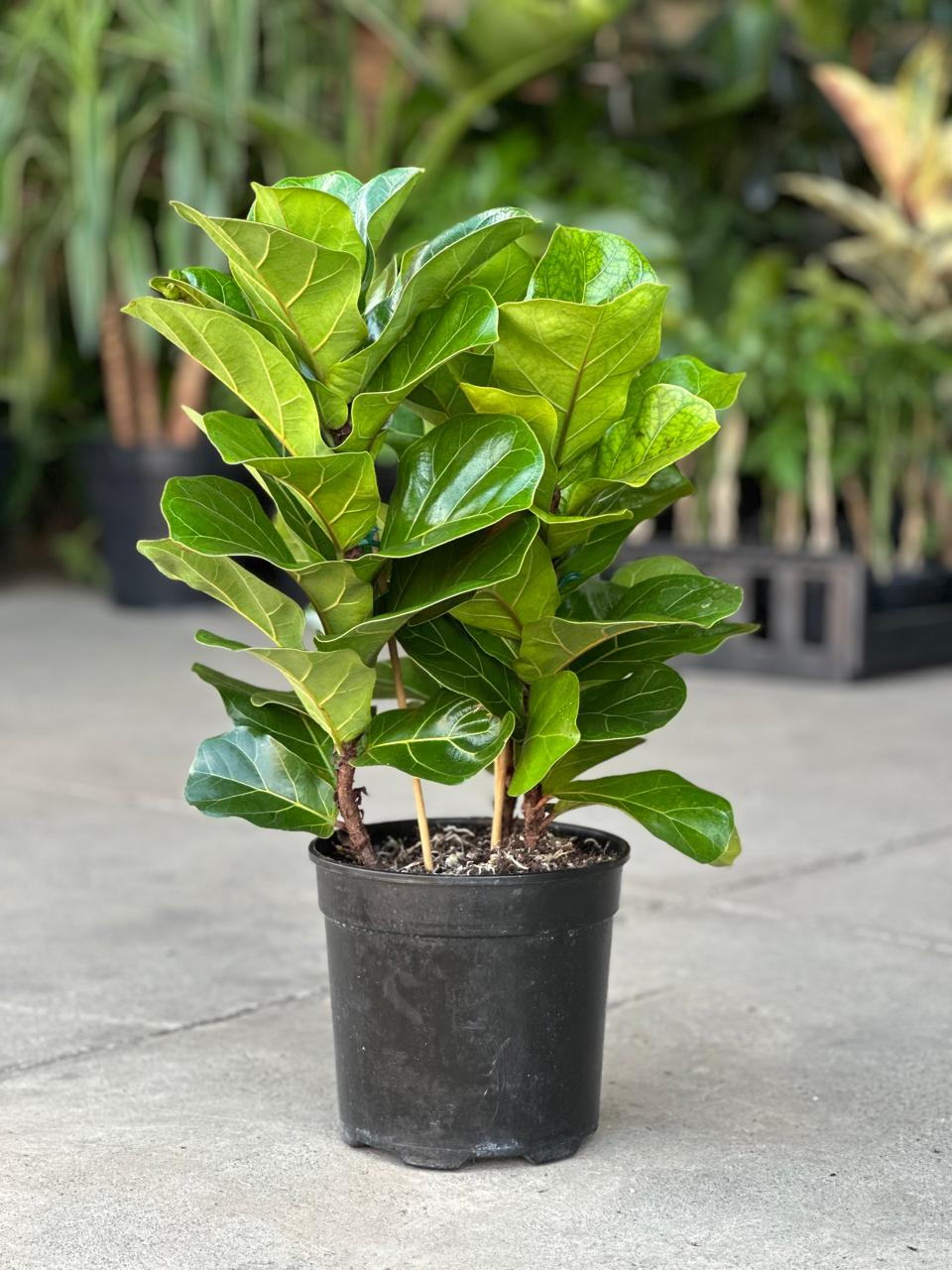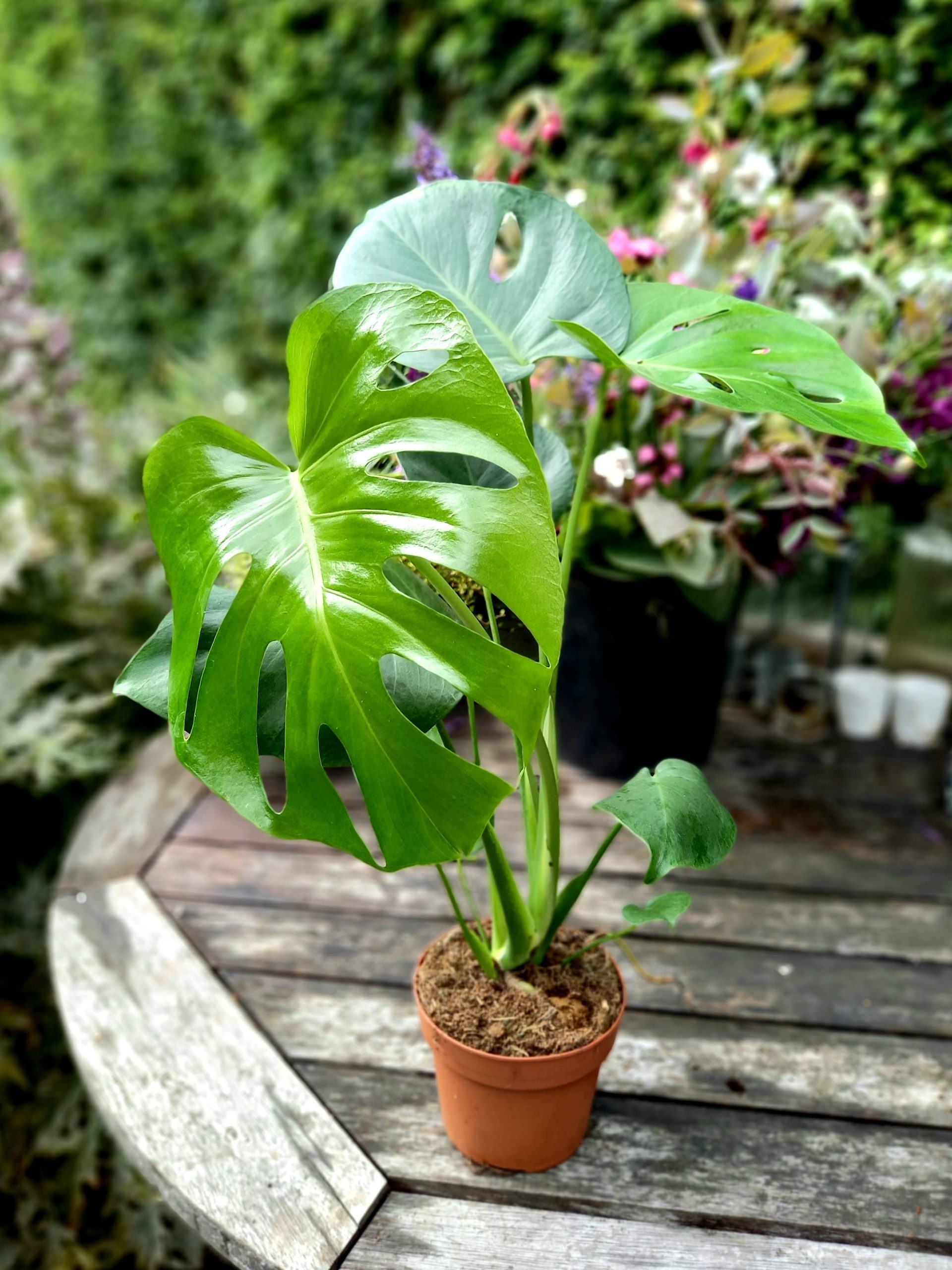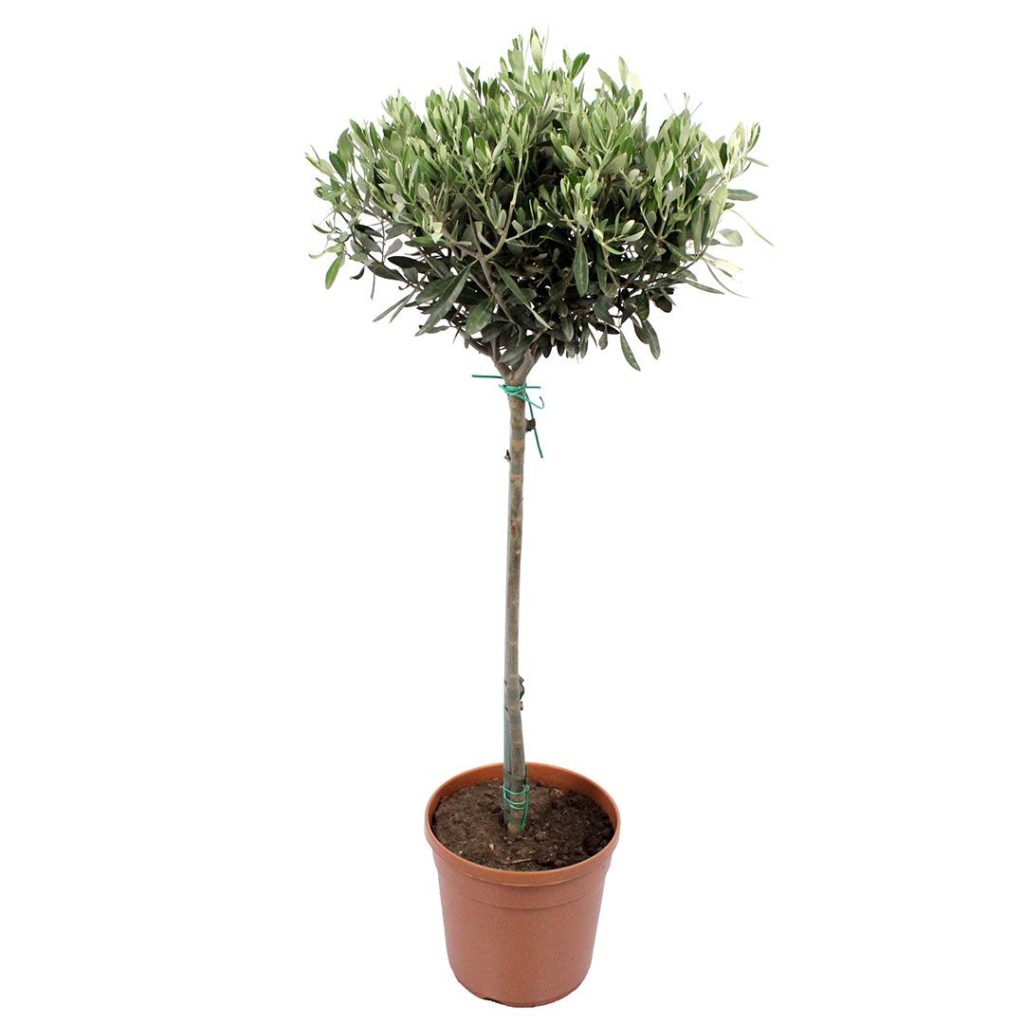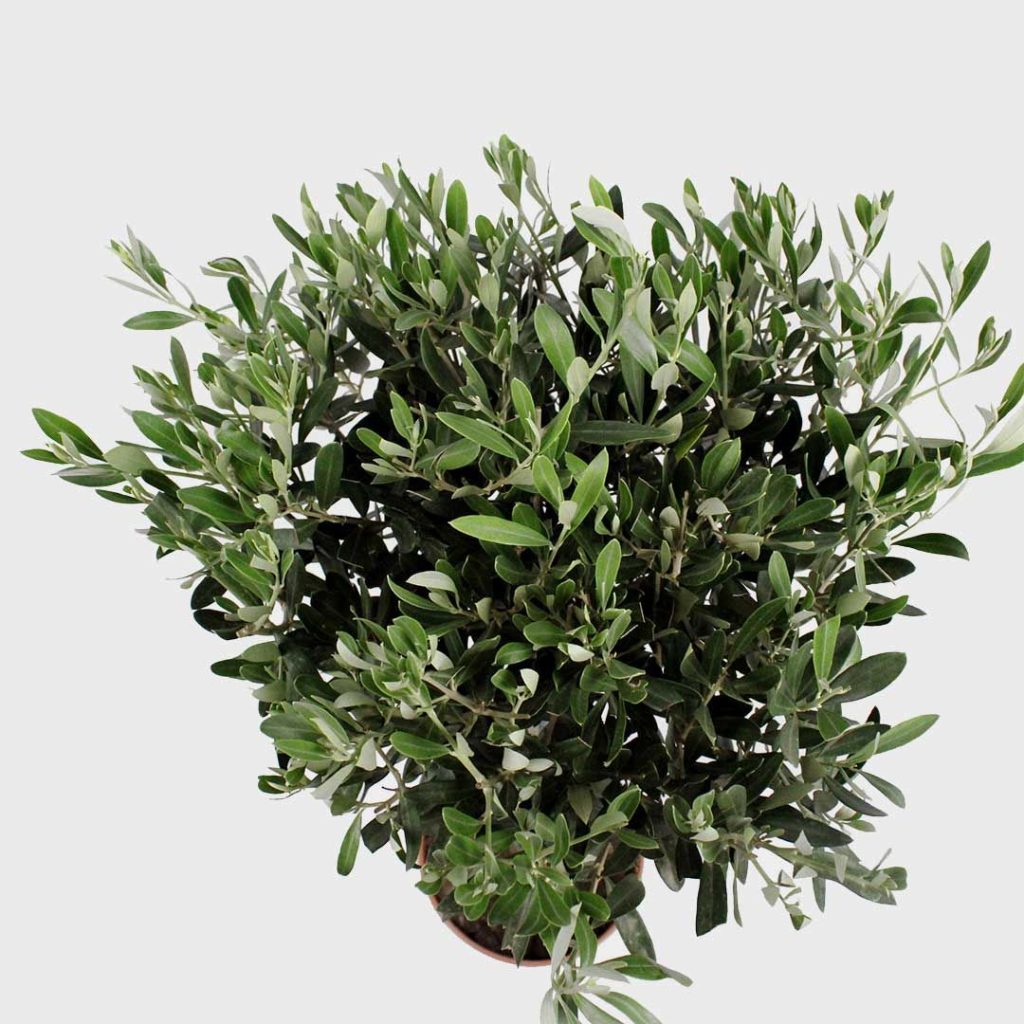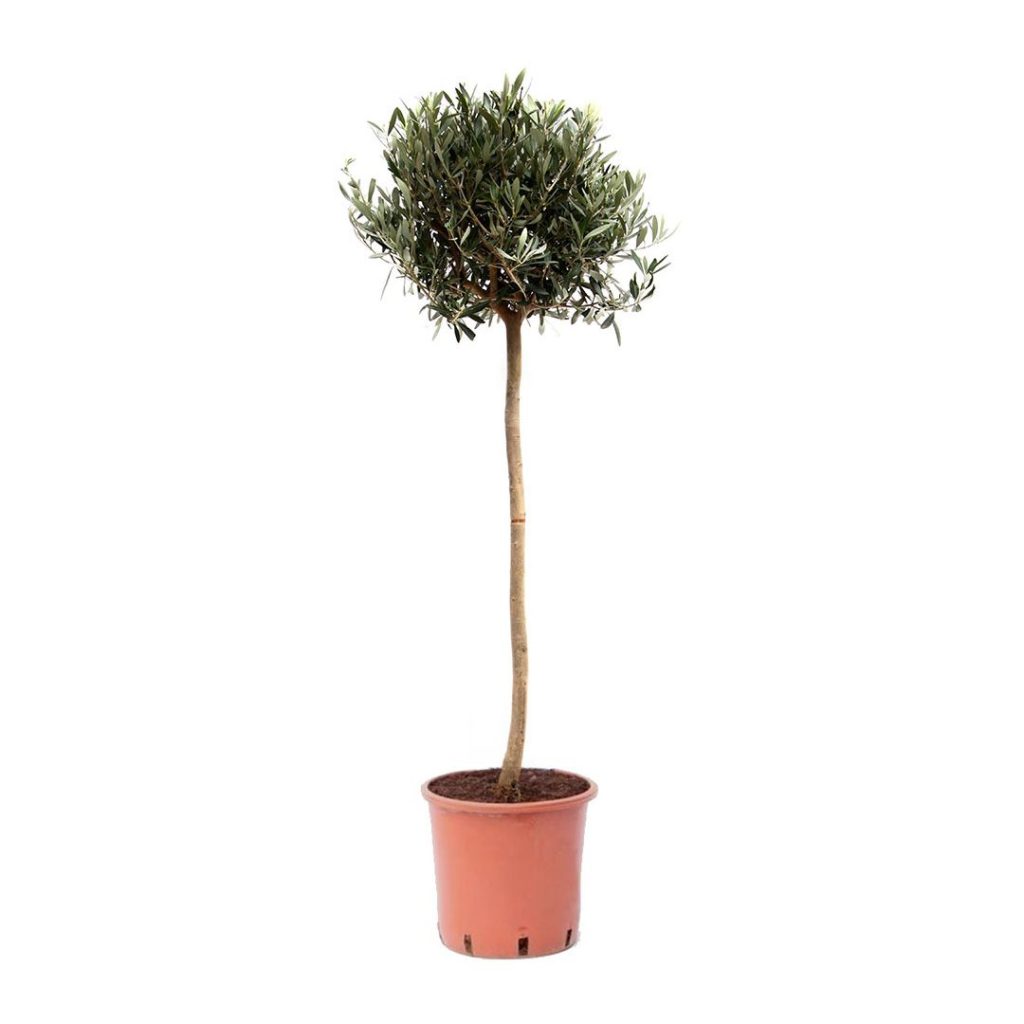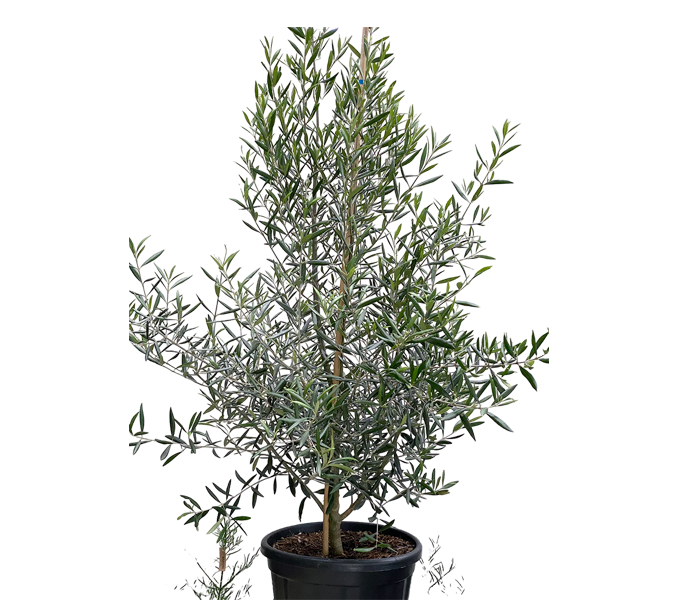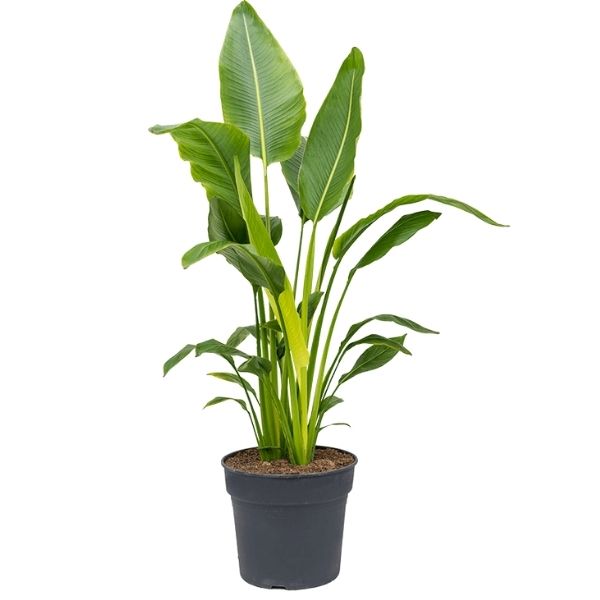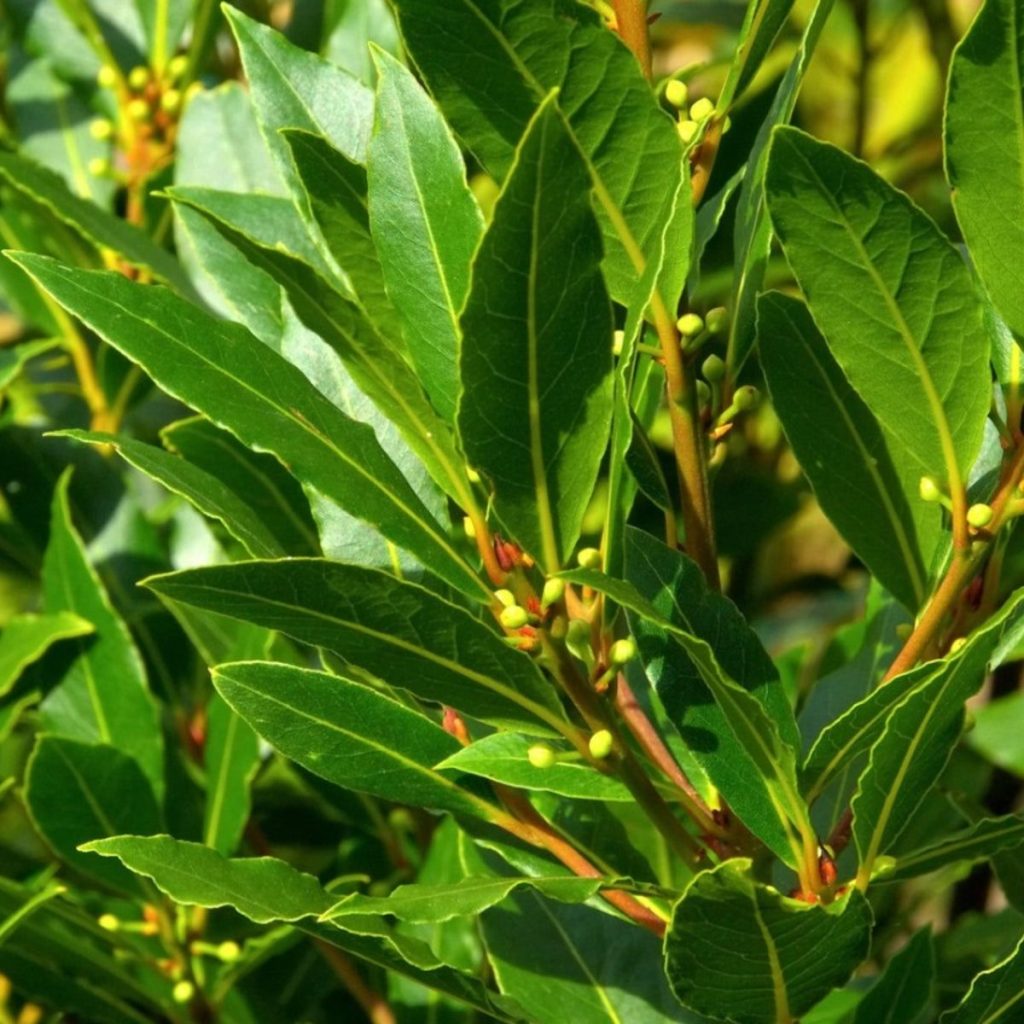Why Grow Bay Leaf Plants?
- Edible leaves: Adds rich, earthy aroma to Kenyan stews, soups, and pilau.
- Medicinal benefits: Traditionally used to soothe digestion, reduce inflammation, and boost respiratory health.
- Low maintenance: Drought-tolerant and pest-resistant once established.
- Long-lived: Bay trees can live for decades and grow into ornamental landscape features.
Cultural and Historical Significance
- Ancient Greece & Rome: Bay leaves were a symbol of wisdom, victory, and honor. Laurel wreaths crowned poets and military leaders.
- Indian Ayurveda: Bay leaves (tej patta) are used to balance kapha and vata doshas, especially for respiratory issues.
- Caribbean cultures: Often used in spiritual cleansing and healing rituals.
- Modern kitchens: Bay leaves are an essential in global cuisines, including Swahili, Mediterranean, Indian, and French cooking.
Ideal Growing Conditions in Kenya
- Sunlight: Full sun to partial shade (at least 4–6 hours of sunlight daily).
- Soil: Well-drained loam or sandy soil with a slightly acidic to neutral pH.
- Temperature: Thrives in 15°C to 30°C; avoid frost or cold drafts.
- Zones: Ideal for Kiambu, Limuru, Kajiado, Naivasha, Eldoret, and parts of Nairobi.
How to Plant a Bay Leaf Tree
- Choose a large container or sunny garden spot.
- Dig a hole twice as wide as the root ball.
- Amend soil with compost and sand for good drainage.
- Plant at the same depth as the nursery pot.
- Water deeply, then let topsoil dry between waterings.
Ongoing Bay Leaf Care
- Watering: Once a week for young plants; established trees can go 10–14 days between waterings.
- Fertilization: Feed with slow-release organic fertilizer twice a year (early rainy season and mid-year).
- Pruning: Prune lightly to maintain shape. Avoid heavy pruning until the tree is 2+ years old.
Common Pests & Diseases
- Scale insects: Appear as bumps on stems. Treat with neem oil or insecticidal soap.
- Powdery mildew: A white coating on leaves. Improve airflow and avoid overhead watering.
- Leaf spot: Caused by overwatering or humid, stagnant air. Remove affected leaves and reduce humidity.
Are Bay Leaf Plants Safe for Pets?
⚠️ Note: While dried culinary bay leaves are safe in small amounts, fresh leaves and high doses can be mildly toxic to dogs and cats if ingested. Keep potted plants out of reach and monitor pets around them.
Harvesting Bay Leaves
- Pick mature, dark green leaves — usually 1+ year old.
- Dry in the shade for 7–10 days. Store in airtight jars away from light.
- Best flavor develops after drying and aging for 1–2 months.
Container Growing
Bay trees grow well in 30L+ containers with good drainage. Repot every 2–3 years as roots expand. Suitable for balconies, patios, or apartment gardens.
Where to Buy Bay Leaf Plants in Kenya
At Planters.co.ke, we offer potted and bare-root Bay Leaf plants for nationwide delivery. Our stock includes healthy, well-rooted laurel plants suitable for Kenyan climates, and we provide planting guidance upon request.
Final Thoughts
Whether for cooking, wellness, or landscape beauty, Bay Leaf plants are a must-have for Kenyan plant lovers. Their resilience, symbolism, and usefulness make them an evergreen investment. Start your bay tree journey today and enjoy fresh, homegrown flavor for years to come.
Planters.co.ke is your trusted source for plants, pots, and all things green in Kenya. From starter herbs to exotic indoor plants, we help you grow beautiful spaces—naturally.

